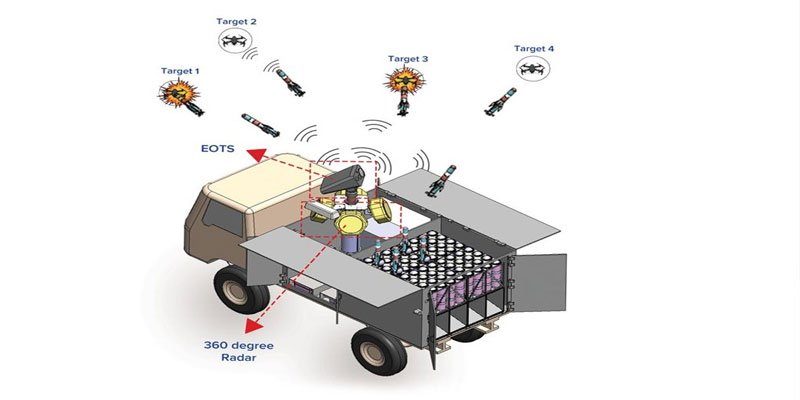Cyber crime has become a very burning issue with the speed of continuous innovation and with the world becoming digitalised day by day. There are many challenges involved in forestalling cyber-crimes. Modern techniques and technologies are required to protect the country’s cyber infrastructures and to ensure digital security. Every country across the globe is struggling with the increased in-security.
A multi-layered approach to your cyber security is the key – from data protection to spam filters, although you can never be 100% protected against these ever-changing threats but you can be prepared by educating your teams, implementing a multi-layered security approach and ensuring you are always on the lookout for suspicious activity. These crimes are committed through quick transmission of digital information that can travel thousands of miles in the twinkle of an eye.
As digital technology relentlessly disrupts and sculpts the global landscape, it exposes organisations to opportunities and threats. All evolution comes with challenges and the dark world of cybercrime continues to thrive. This year has been most badly hit by economic crime with deadly virus like WannaCry, Petya and ZCryptor that have all caused financial and reputational damage to organisations across the globe recently. Indeed there is an unprecedented rise of cybercrime.
Cybersecurity is becoming increasingly prominent at major gatherings of senior officials. At the very least, it is now clearly accepted that there is now no difference between the digital and physical world – the guns, bullets, bombs and other weapons of yesteryear are now equally kinetic online threats. They are interconnected and interdependent in ways that we are only just beginning to understand. Furthermore, it is becoming obvious that there is a severe shortage of IT and cybersecurity talent and human resources at all levels of both business and government.
The common forms of cybercrime are considered as –
Phishing: Bogus emails that may look like they come from a trusted source asking for security information and personal details.
File hijacker: Where criminals hijack files and hold them to ransom also known as Ransomware.
Keylogging: Where criminals record what you type on your keyboard and steal passwords and personal information.
Screenshot manager: It allows criminals to take screenshots of your computer screen.
Ad clicker: Criminals will create online adverts that direct a victim’s computer to click a specific link.
Hacking: Gaining access to a network to cause damage or to steal data.
Distributed denial of service (DDOS) attacks: Rendering a network or website unusable with a view to disrupt businesses.
One of the best ways to keep attackers away from your computer is to apply patches and other software fixes when they become available. By regularly updating your computer, you block attackers from being able to take advantage of software flaws (vulnerabilities) that they could otherwise use to break into your system. Secondly, keep in mind that a newly purchased computer may not have the right level of security for you. When you are installing your computer at home, pay attention not just to making your new system function, but also focus on making it work securely.
Lastly, the old saying “there’s no such thing as a free lunch” still rings true today. Supposedly “free” software such as screen savers or smileys, secret investment tricks are sure to make you untold fortunes, and contests that you have surprisingly won without entering are the enticing hooks used by companies to grab your attention and most important is while you may not directly pay for the software, the free software or service you asked for may have been bundled with advertising software (“adware”) that tracks your behaviour and displays unwanted advertisements.





